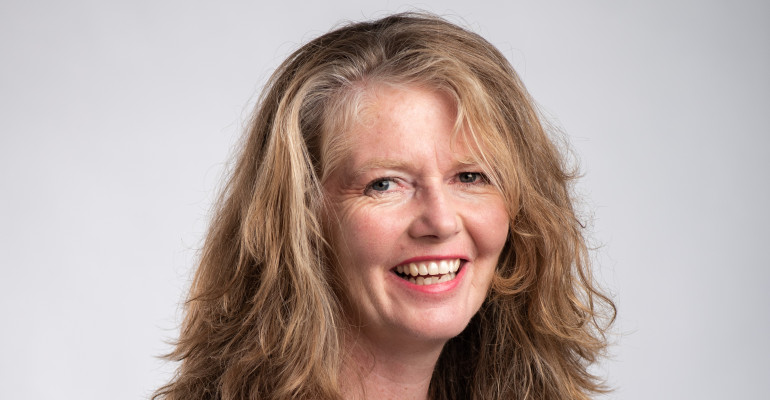What are the four pillars every researcher needs to establish to commercialise?
10 November 2023 | Read time: 5 minutes

Meet our new Commercialisation and Development Manager, Deborah Crowe, to find out.
As SfTI enters its final stages, the team is looking to maximise the real-world impacts of the work of our researchers. For some this means simply identifying the next stage of research funding to apply for, but for others this means looking at what they need to do to take their science to the market by mapping out a pathway to commercial success.
Working with our diverse researchers to identify commercial opportunities requires a very special skill-set that can navigate academia and research as well as investors and international markets. Meet our new Commercialisation and Development Manager, Deborah Crowe, who will be working at the cross section between SfTI and KiwiNet to ensure SfTI projects, with the potential to spin-out into a company, receive the right support to do so.
“I am in the perfect position to take a wider system view on how best to support our researchers to progress towards real world impact. Sitting between KiwiNet and SfTI, enables me to have a view over the next best steps for our researchers and their work”
“I am in the perfect position to take a wider system view on how best to support our researchers to progress towards real world impact. Sitting between KiwiNet and SfTI, enables me to have a view over the next best steps for our researchers and their work”
Deborah’s past experience uniquely sets her up to understand the context within which our research community is working and what it takes to navigate the system to commercialise science for wider benefit.
A background in what it takes to commercialise science
Deborah's career journey has included roles as a telecommunications engineer, COO, and CEO. She co-founded Run The Red, a pioneering venture in text messaging and mobile marketing. Later, she co-founded UsedFULLY® leading the science-based materials research and design, product development, industry trials, and commercialisation activities. This broad view of Aotearoa’s innovation system allows to spot potential for applied impact from the inventions within SfTI’s research community.
“As I have connected with SfTI’s research community I am struck by the huge potential for impact that has been nurtured in our community and only partially realised. Our success stories are only the tip of the iceberg and I am going to work with our researchers to ensure they have what they need to succeed after SfTI.”
During the life of the challenge, SfTI has supported hundreds of extremely talented researchers to progress down a path to impact. Some have evolved a great science idea into a product via Seed funding, others have been part of one of our multidisciplinary Spearhead research teams tackling huge global problems and consequently spun-out a commercial entity. But when SfTI comes to a close next year, the work of these researchers will continue as they strive for technological and commercial progress.
Getting a scientific breakthrough to a commercial outcome is a long and complex journey that involves the entire innovation system. Deborah’s focus is to use the remaining months of SfTI to support our researchers to identify if they have in place what she sees as the key pillars of commercial success.
What are the pillars you need in place to be ready to commercialise?
In her time working to grow her own companies, Deborah has clearly identified what is needed to wrap around great technology in order for it to have a chance at commercial success.
“To successfully bring an invention to market requires a visionary, driven team underpinned by strong foundations. I refer to these foundations as the four pillars; the invention, identified beneficiaries or users of this invention, the infrastructure, systems and processes needed for production and stability and the leadership - providing the hustle, finding the money and building a winning team.”
“To successfully bring an invention to market requires a visionary, driven team underpinned by strong foundations. I refer to these foundations as the four pillars; the invention, identified beneficiaries or users of this invention, the infrastructure, systems and processes needed for production and stability and the leadership - providing the hustle, finding the money and building a winning team.”
“When looking at SfTI projects I am assessing what capability building and support is required to establish these solid foundations to maximise the impact of these researchers' incredible work.
Deborah is already working with SfTI researchers to offer the connections and expertise required to put in place these four pillars so they are in the best position when SfTI finishes in 2024 to continue their success into the future.